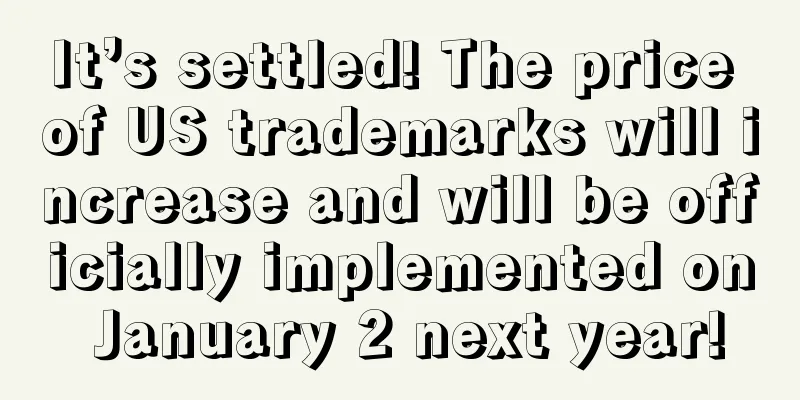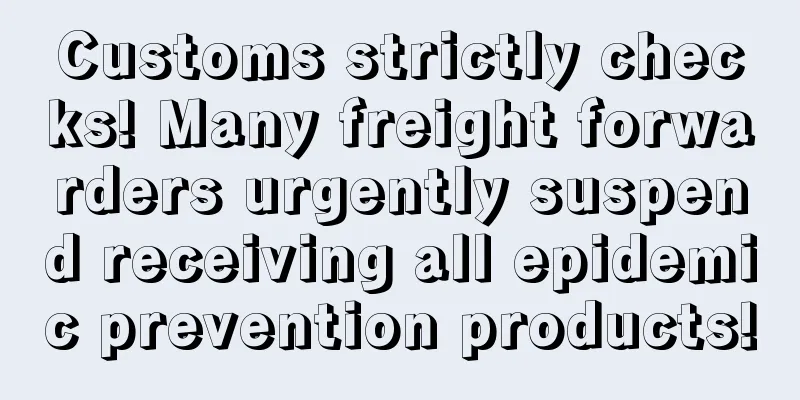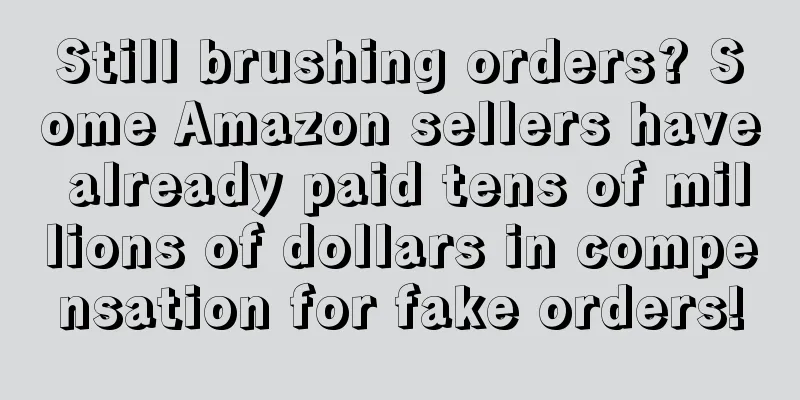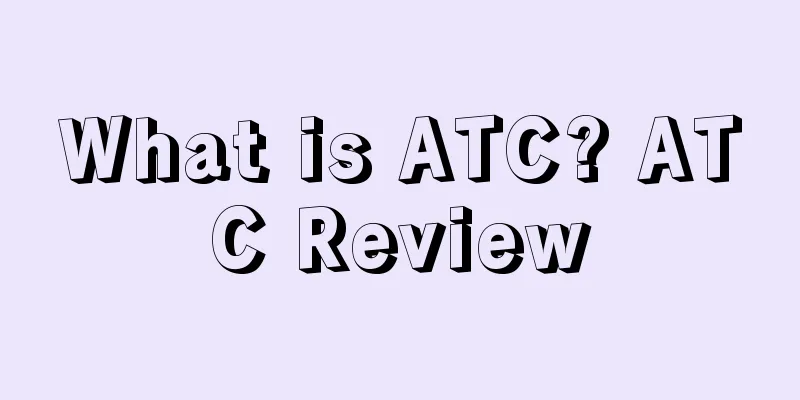Amazon PPC advertising is burning money but not generating sales? You may not have set up negative keywords
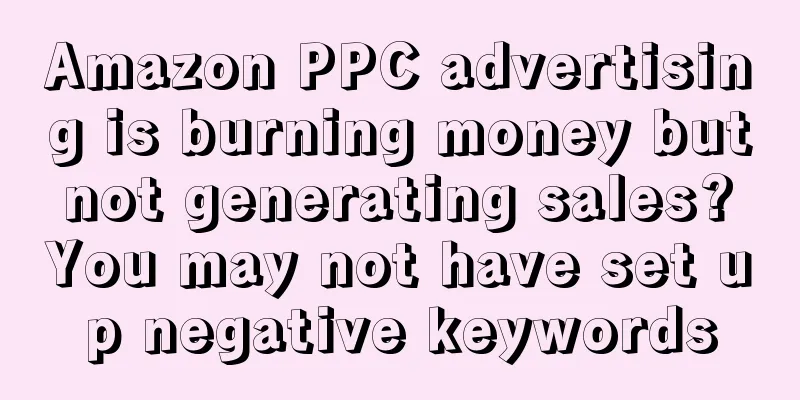
|
If you haven’t used negative keywords yet, first of all, congratulations, you still have a chance to improve your account performance. But I have to tell you that you have already lost a lot. This article will help Amazon sellers find out what they are missing on negative keywords and reduce Amazon advertising costs. What are negative keywords in Amazon Advertising? Negative keywords are keywords that prevent your ad from appearing on Amazon search results pages when customers search for keywords. In other words, if you don’t want your ad to appear on the search results page, you can add negative keywords to your ad. You might ask, “But isn’t more exposure better?” Not always. PPC stands for pay-per-click, which means the more times your ad is clicked, the more you have to pay. That’s fine if those clicks convert in large numbers, but not all clicks lead to conversions. Your ad may appear among hundreds or even thousands of search results, but:
Your mood will be like this: Negative keywords can reduce sellers’ advertising costs in the following ways:
The difference between keywords and search terms Search keywords are what Amazon customers enter into the search bar when searching for products. The advertising keywords must match the search keywords so that the seller's pay-per-click ads can be displayed. There are three ways to match keywords when users search for keywords: exact match, phrase match, and broad match. Why are Amazon negative keywords different from other keywords? Simply put, negative keywords are the opposite of keywords. That’s why keywords are sometimes called “positive keywords.” Positive keywords trigger ads and appear on Amazon search pages, while negative keywords prevent ads from being triggered. Sellers can narrow their target audience by setting negative keywords. For example, if you are selling sports jump ropes, you might choose the keyword "jump rope" to trigger your Sponsored Product ad. However, when you look at the search keyword report, you will see that 30% of the clicks come from users searching for keywords such as "jump rope for kids". These customers clicked on your ad, realized it wasn’t the product they wanted, and then went somewhere else to buy. Amazon still charges you for those ads, but you get nothing. The following figure is an example: See the red box? But don’t worry, this problem can be solved with negative keywords. Why use negative keywords? Here are some of the consequences of ignoring negative keywords:
When running an automatic campaign (or a manual campaign with broad/phrase match keywords), you are increasing your ad visibility while taking the risk of appearing in irrelevant or unprofitable search results. But until you have enough data to determine which search terms are unprofitable, these risks are worth taking. Your advertising spend on a few search terms may seem small, but if you apply it to dozens of campaigns, hundreds of ad groups, or even thousands of ads, you’ll find that these numbers add up quickly. The above picture is a screenshot of the advertising account data that did not optimize negative keywords, resulting in a waste of $10,625 in 60 days, accounting for 40% of its total advertising expenditure!
Now that we’ve talked about how ignoring negative keywords can lead to unnecessary ad spend, here’s the compounding effect: If you have a strict daily advertising budget, but you spend 40% of it on irrelevant search keywords, the opportunity cost of actual conversions is much higher! This means that you will cut your campaigns, but still spend your budget on keywords that make no sense for your product. Negative keywords allow you to reallocate wasted advertising dollars so that every penny of your advertising budget is spent wisely.
Irrelevant search terms not only reduce your keyword’s quality score, but also lower your click-through rate (CTR). When you and your competitors compete to appear on the same search page, Amazon determines who gets the best ad position based on each product’s history. Here’s why CTR is important. If your ads appear for hundreds of irrelevant search queries, your CTR may drop significantly, which is considered a negative mark by Amazon. This means that when ranking search results for relevance, Amazon will think that your product is not performing as well as your competitors because the other sellers used negative keywords to optimize their CTR. This will also affect your organic search rankings and may push your product from page one to page two of the search results.
Another major consequence of ignoring negative keywords is keyword weighting. This happens when two of your campaigns or ad groups compete against each other for the same keyword. In the end, both ad groups will receive fewer clicks than if the ad group showed only that keyword. Let’s say you have two products in two separate ad groups. In the first ad group, you’re promoting traditional vacuum cleaners, so you bid on the phrase match keyword “vacuum.” In the second ad group, you’re promoting smart vacuum cleaners, and you bid on the same phrase match keyword “vacuum.” If a customer types “vacuum robot” into the Amazon search bar, both of your ad groups will appear on that page. Why is this a problem? Because you can’t control the order in which your ads appear. Your traditional vacuum cleaner ad could push your robot vacuum cleaner ad to the bottom of the page, reducing the chances of that product being seen by customers, even if your robot vacuum cleaner is more relevant to the customer’s search terms. This would be even more annoying if that product had a higher profit margin or conversion rate. Adding the phrase "vacuum robot" as a negative keyword to the traditional vacuum cleaner ad group would prevent this from happening. One of the biggest advantages of using phrase match, broad match, and automatic campaigns is that your ads can be discovered by non-target audiences when buyers search for your keywords. This can be used as market research to help you discover new, converting search terms that you would not have been able to predict on your own. Surprising facts about search engines As language develops and new words emerge, search engines are accelerating the generation of search terms that have never appeared before. From Google's blog, we can see that Google has trillions of searches every year. In fact, 15% of the search results we see every day are new keywords. It is impossible to guess what terms customers will use to search, so sellers should use both automatic and manual campaigns for each product. With automatic campaigns, sellers can use machine algorithms to discover hidden, convertible search terms. How to use negative keywords 1 The most basic reason to use negative keywords is that they can help you avoid spending money on irrelevant or unprofitable searches. Here are a few good ways to use negative keywords on Amazon. 2 Negative keywords are a great way to eliminate unnecessary parts of your campaign. Negative keywords allow you to refine your target audience and maximize the relevance of your keywords. Many advertisers use broad match keywords that are too broad. For example, if you use the word "shoes" as a broad match keyword, even if you want customers to search for your product, running shoes, when customers type "shoes", they will see a variety of shoes, such as hiking boots, high heels, etc. If you have broad match keywords, you must set negative keywords! Unless you have long-tail keywords set up in your broad match keyword campaigns, you will waste your ad spend on irrelevant, non-converting clicks. The same is true for phrase match keywords. Therefore, you can use negative keywords to exclude irrelevant searches from these campaigns. 3 You can prevent your ads from appearing on unwanted search results pages by adding negative keywords to your automatic campaigns. Automatic campaigns can:
1) Optimize bidding While Amazon’s automatic campaign feature has its advantages, it also has some issues, one of the main drawbacks being that it does not optimize bidding for keywords. This is a problem because each keyword performs differently, which means each keyword is worth a different bid. Sellers will definitely want to increase bids for keywords with higher conversion rates. 2) Better market research Due to the limitations that come with automatic campaigns (i.e. limited control over keywords and bids), sellers can get the most useful value from these campaigns by gathering market research. You can use Amazon’s A9 algorithm to find out which search keywords actually convert. Once you have discovered a search keyword that converts, you can set it as an exact match keyword and add it to your product’s manual campaign. Then, you can control the bid for that specific keyword based on the conversion performance. After this step, you no longer need to use the automatic campaign to bid on this search term. The work of the automatic campaign has been completed, and the seller can manually set the term as a negative keyword and let the automatic campaign discover other new keywords. 3) Prevent keyword weight dispersion As mentioned earlier, having campaigns compete against each other in an auction can be detrimental to both campaigns. After setting up exact match keywords in a manual campaign, sellers can prevent the automatic campaign from taking over by setting negative keywords. 4 Common keywords have three different match types: broad match, phrase match, and exact match. Negative keywords only have two types: phrase match and exact match. 1) Negative keyword phrase match Negative keyword phrase matches prevent your ad from appearing in any matching search results (including plural forms and minor misspellings). For example, if you add "games for kids" as a negative keyword group, it will prevent ads containing the following keywords from appearing:
However, search terms like "kids games" will not be blocked. *Note : Amazon only allows a maximum of 4 phrases or 80 characters in a negative phrase match. 2) Negative keyword exact match Negative keyword exact match means that the search keyword must exactly match your negative keyword (plural forms and slight spelling errors are allowed). So if you set “games for kids” as a negative keyword, you won’t appear on pages for these search terms:
However, a search term like “board games for kids” would not be blocked. *Note: Amazon only allows a maximum of 10 exact match negative keywords or 80 characters. 5 Since Amazon advertising is measurable, it is easy to determine which search keywords are the "culprits" that caused the seller's campaign tragedy. Using this data, you can set negative keywords to prevent these search keywords from causing losses again. The following indicators are for sellers to refer to (not rules) to determine which poorly performing search keywords should be set as negative keywords. These can be adjusted according to different niche markets. Here are the three specific indicators:
1) Keywords with low click-through rates and no conversions Search keywords that get more than 2,500 impressions but have a click-through rate of less than 0.18% and fail to convert will hurt your product rankings, so you need to set such keywords as negative keywords. 2) High-cost keywords that don’t convert Your advertising costs may vary based on your budget and product profit margins, but it’s safe to say that any search keyword that costs more than $35 to advertise and fails to convert should be set as a negative keyword. 3) Keywords with high clicks but no conversions If the average conversion rate of Amazon seller ads is 9.8%, any keyword that has been clicked more than 34 times but has not yet converted should be immediately set as a negative keyword. 4) Exceptions Sometimes sellers set their competitors’ brand names as keywords. For example, PepsiCo runs a pay-per-click ad on the keyword “coke” in an attempt to gain potential buyers from its competitors. The conversion rate for the word “coke” won’t be as high as for words like “pepsi” or “cola,” but PepsiCo still wants to spend money on this traffic so they can have a chance to snatch up undecided consumers. When targeting competitor audiences, the conversion rates for all keywords may not be ideal because the target is more difficult, so don’t be too demanding. If you have a tool that can automatically set negative keywords, then be sure to whitelist the competitor keywords you want to bid on. How Account Structure Affects Negative Keywords Negative keywords can be added at two different levels: campaign and ad group:
How to Add Negative Keywords in Amazon 1) Navigate to the desired campaign or ad group 2) Click the "Negative Keywords" column: 3) Select the desired match type (Phrase Match or Exact Match); 4) Add negative keywords (each keyword on a separate line); 5) Click "Add Keywords"; 6) Click "Save". That’s it! You can delete negative keywords at any time by navigating back to the negative keywords page, selecting the negative keyword and clicking “Archive.” *Note for new sellers : If you don’t know much about keywords, the safest thing to do now is to add exact match negative keywords to your ad group. FAQ Q: How much time should I spend on negative keywords? A: Depending on the size of your advertising account, it may take several hours to initially run the data and manually add negative keywords. Once you have completed the initial setup, you should check each account at least once a week to review the data and see if there are any new search terms to convert to negative keywords. Q: How to deal with relevant but unprofitable search terms? A: You have two options:
The second option is better because your ad will still get some exposure for that search term, but the advertising cost-to-sales ratio (ACoS) will be lower. Text✎ Zhu Meiying/ Statement: When reprinting this article, the title and original text must not be modified, and the source and original link must be retained. |
<<: How to Use Facebook Ads to Promote Your Amazon Products
>>: Amazon sellers, here are all the product selection steps and product selection tools you need!
Recommend
It's settled! France will not restart the blockade for now. Prime Minister: Curfew is enough
The new coronavirus variant discovered in the UK i...
What is Flywheel Commerce? Flywheel Commerce Review
Flywheel Commerce is looking for all types of Amaz...
Wix and Amazon join forces to help sellers manage orders efficiently!
<span data-shimo-docs="[[20,"获悉,据外媒报道,近日全球...
What is an overseas warehouse? Overseas warehouse review
Overseas warehouses refer to storage facilities es...
What is Geniemode? Geniemode Review
Geniemode is a one-stop procurement and supply cha...
One of the largest online shopping categories in the United States, insights into beauty and cosmetics shopping trends
It is learned that in March this year, DigitalComm...
What is the Amazon Assistant? Review of the Amazon Assistant
Chuangxiang Amazon Assistant is a foreign trade to...
Amazon does not provide refunds for returns, and a large number of sellers are being fleeced!
As we all know, Amazon's "refund only, no...
Amazon also wants to open Temu at a low price?
text Temu offers 15% off on the same item on Amazo...
[Independent Station Product Selection] How to solve the product selection problem of independent station sellers?
As domestic Amazon sellers have been "sancti...
Amazon Product Profit Calculator (with Instructions)
Profit Calculator Tutorial On-site profit trackin...
Why have Amazon influencer videos become an important traffic breakthrough for sellers this year?
As Amazon's on-site advertising becomes incre...
Pure dry goods! Amazon new product promotion - pure white hat full process (Part 2)
In the third week , we will focus on clicks + con...
Amazon Shipping Policy Update! This indicator cannot be lower than 90%!
Normal, once there is data abnormality, such as s...
The latest online shopping trends among American consumers! 96% of people value free shipping!
<span data-shimo-docs="[[20,"获悉,据报道,近日Adta...



